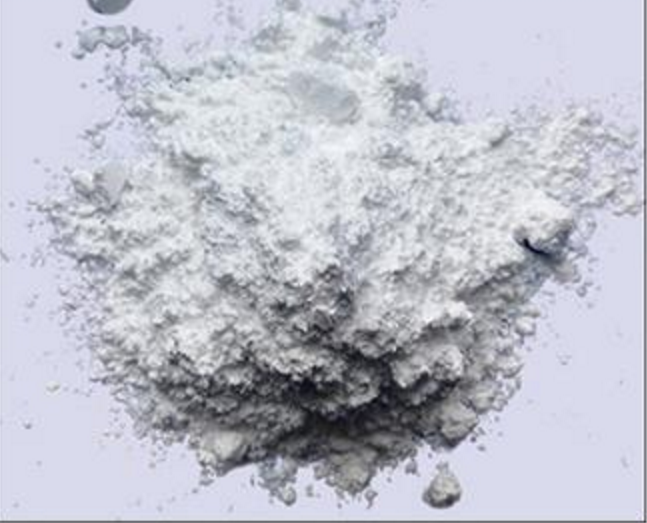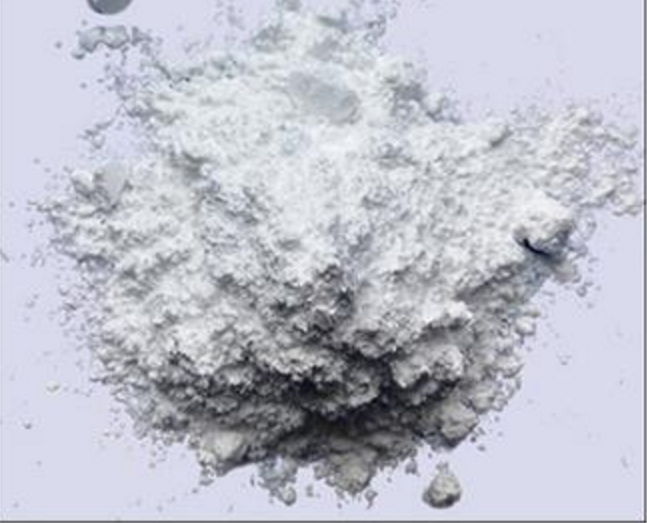Synthesis of New Phosphorus Nitrogen Flame Retardant
After the Second World War, with the rise of the petrochemical industry, the vigorous development of polymer materials has brought many conveniences to people's lives. While people enjoy the convenience brought by polymer technology, they also endure great disasters caused by the flammability of polymer materials. Therefore, polymer materials are facing pressure from society and the environment regarding the flame-retardant requirements of materials. The introduction of flame retardants into polymer materials can reduce the fire hazard of the materials.Traditionally, the combination of halogen flame retardants and antimony has been widely used because of its high flame retardant efficiency and low impact on the performance of materials. However, due to the requirements of environmental protection in recent years, flame retardants have become halogen-free and environmentally friendly. Current research hotspots. Researchers spend huge energy and financial resources to find halogen-free flame retardants. Phosphorus-based flame retardants, especially phosphorus-nitrogen flame retardants, have become the most promising substitutes for halogen-based flame retardants because of their non-toxicity and high efficiency.
Therefore, the development of phosphorus-nitrogen flame retardants will be of great significance. The processing methods of flame-retardant materials include solution casting, coating method, extrusion molding and other processes. The solution casting method is widely used in material forming and processing because of its economy and convenient operation. The solution casting method can avoid the uneven distribution of the flame retardant in the material. The uneven distribution of additives in the material will bring about problems such as increased mechanical tension and brittleness of the material. Therefore, it is very important to find a solvent suitable for solution casting. The solid-liquid equilibrium data of flame retardants not only provide data for solvent casting and crystallization processes, but also can be used to evaluate the pros and cons of current phase equilibrium models and provide basic data support for the establishment of new phase equilibrium models.








